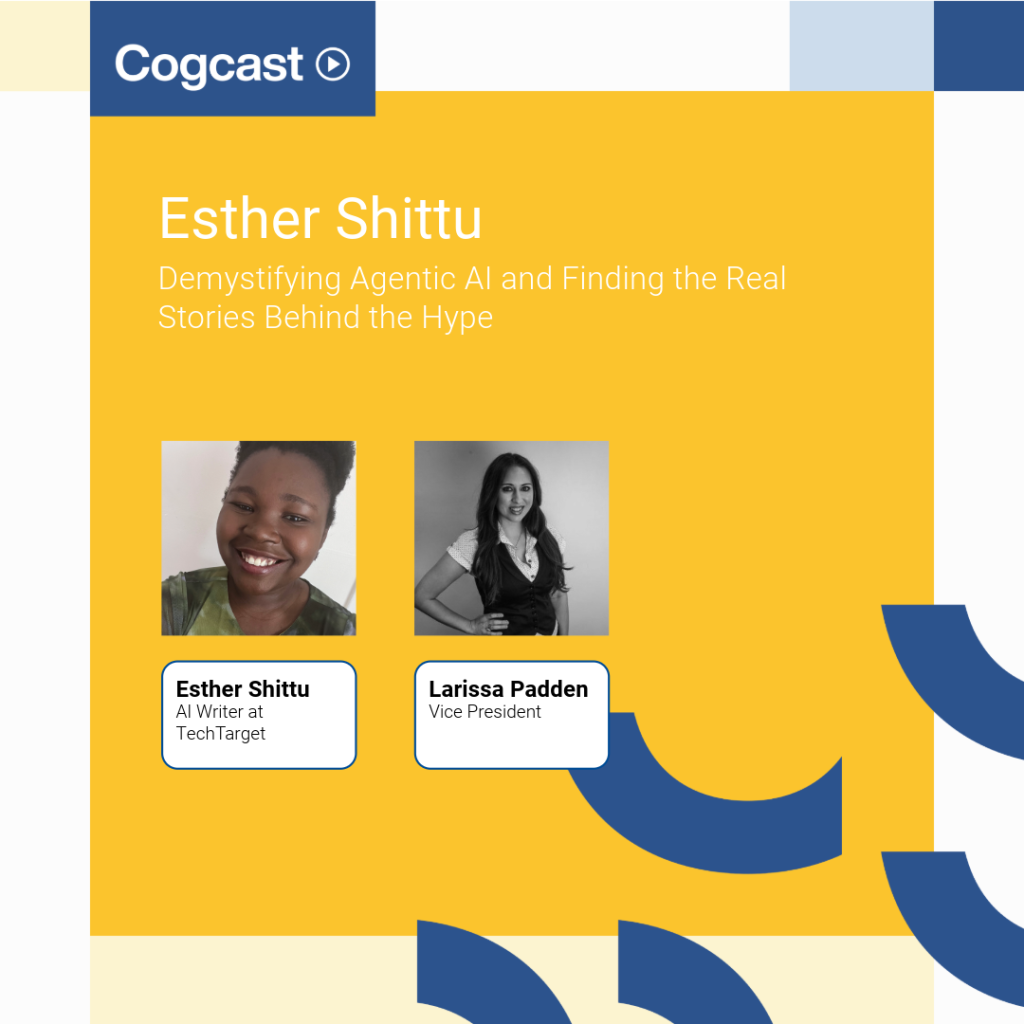Have You Done Your Homework? Why competitor analysis can help you find white spaces
Most PR campaigns start with an internal focus. They focus on core messages, new products and goals from the company’s strategy growth plan.
But news doesn’t exist in a vacuum. It is important to figure out where your story sits in the overall newscycle to avoid the competition and find new territory that will excite editors.
I advise front-loading competitor analysis into campaign planning. It’s not just a nice-to-have, it’s a core part of any strategic communications plan.
Some of the critical questions that competitor analysis can answer are:
- How are others in my space framing their narratives?
- Which media outlets and journalists are most engaged with my competitors?
- What are the new follow-on themes or narratives that I can start focusing on?
- And most importantly, where are the white spaces?
These white spaces – areas lacking media coverage, under researched topics, or untapped journalists across different publications – represent opportunities.
Whether it’s finding an emerging angle on sustainability, a new take on AI regulation, or simply a fresh narrative, competitor analysis can offer the insight that allows you to be proactive, not reactive.
But simply tracking what competitors are saying isn’t enough. You might see hundreds of instances of media coverage or social media mentions, but without applying a layer of contextual insights, it’s just noise. To find the real white spaces, you need to go deeper – dissect the angles others are taking, identify recurring themes, and find areas for the stories that haven’t yet been told. It’s the difference between being aware of the thousands of articles on AI in banking and the insight that no one is addressing the role of AI in calculating banks’ Scope 3 emissions.
Turning competitor activity into actionable insights requires a structured clear framework. Fortunately, we now possess a suite of tools that can help us do all of this effectively: media monitoring platforms help identify journalists’ interest and sentiment; content analysis software allows us to visualize clusters of stories and trends within emerging issues; Excel or ChatGPT to categorise content by theme, tone, and media source. What matters most is not just collecting the data but categorising them in a structured way to find the white spaces, where you can own a narrative.
So, the next time you’re building a PR plan or evaluating a pitch, ask yourself: Have we done the homework on what everyone else is saying?
Anisha Samanta is an account manager in Sydney






